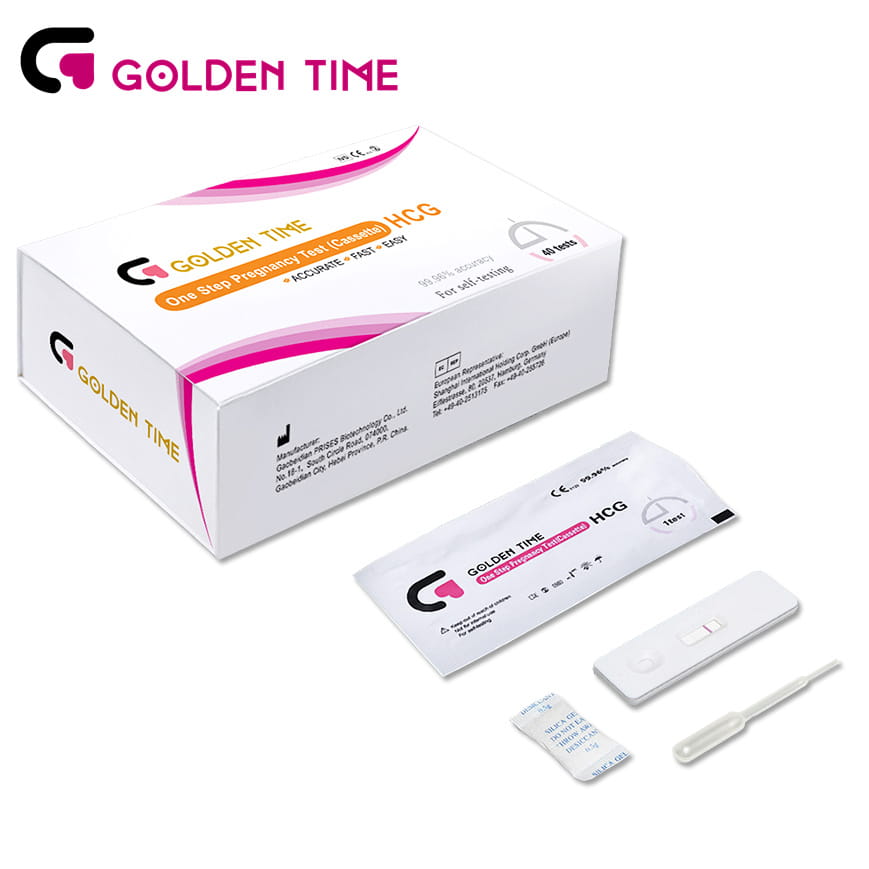Dec . 25, 2024 14:31 Back to list
Rapid Antigen Test Kit for Influenza A and B Detection and Diagnosis
Understanding Influenza A/B Antigen Test Kits A Quick Overview
Influenza is a contagious respiratory illness caused by influenza viruses, leading to significant morbidity and mortality worldwide. Influenza A and B are two primary types responsible for seasonal flu epidemics. Timely and accurate diagnosis is crucial for managing outbreaks and administering appropriate treatments. This is where Influenza A/B antigen test kits come into play.
What Are Influenza A/B Antigen Test Kits?
Influenza A/B antigen test kits are diagnostic tools designed to detect the presence of influenza A and B viruses in respiratory specimens, typically collected from patients exhibiting flu-like symptoms. These tests harness the specificity of antibodies to identify viral antigens, providing rapid results—often within 15 to 30 minutes. Their convenience makes them ideal for use in various settings, including clinics, hospitals, and even at home.
How Do They Work?
The test kits usually come with a nasal swab or throat swab sample collection device. After collecting the specimen, it is mixed with a reagent that releases viral antigens if present. The mixture is then applied to a test strip. If influenza viruses are present, a line will appear on the strip, indicating a positive result. Some kits are designed to provide results for both types of influenza, distinguishing between A and B.
Advantages of Influenza A/B Antigen Test Kits
The primary advantage of these test kits is their speed. Unlike traditional methods such as PCR (Polymerase Chain Reaction) testing, which can take several hours to return results, antigen tests provide immediate feedback on the presence of the virus. This rapid response is crucial in clinical settings for initiating treatment with antiviral medications, which are most effective when administered early.
influenza a/b antigen test kit

Moreover, these tests are generally user-friendly, making them accessible for both healthcare professionals and patients. The simplicity of using a nasal swab means that they can be performed in various locations, facilitating widespread screening during flu season or outbreaks.
Limitations
Despite their advantages, Influenza A/B antigen test kits have certain limitations. The sensitivity and specificity can vary, leading to false negatives, particularly in patients with low viral loads. In such cases, confirmatory testing via PCR may be necessary. Additionally, antigen tests are generally less effective at detecting the virus outside of peak infection periods, which can be a critical drawback in diagnosis.
Clinical Applications
Influenza A/B antigen test kits are particularly valuable during flu seasons and pandemics. Their rapid results can help in differentiating influenza from other respiratory illnesses, enabling healthcare providers to implement appropriate control measures. Furthermore, knowing the viral strain can inform public health strategies, helping to guide vaccination efforts and resource allocation.
Conclusion
Influenza A/B antigen test kits serve as a vital tool in the early detection and management of influenza outbreaks. While they offer significant advantages in terms of speed and ease of use, it is essential for healthcare providers to be aware of their limitations and use them as part of a comprehensive diagnostic strategy. As the world continues to face new challenges in infectious disease management, these rapid tests will remain an important component of our public health arsenal, helping to safeguard communities during peak flu seasons and unforeseen outbreaks.
-
Highly Accurate hCG Pregnancy Test Strips - 5 Min Results
NewsAug.02,2025
-
Premium Empty ABS Plastic Cassettes: Durable & Lightweight Storage
NewsAug.01,2025
-
Accurate Cocaine (Coc) Rapid Test Kit | Fast & Reliable Detection
NewsJul.31,2025
-
Accurate HCG Pregnancy Test Strips | Fast Home Use Kit
NewsJul.31,2025
-
Reliable Early Pregnancy Test Kit Supplier - Multi Plastic Cassette Options
NewsJul.30,2025
-
Transferrin Rapid Test Cassette – Reliable Tumor Marker Detection
NewsJul.29,2025

